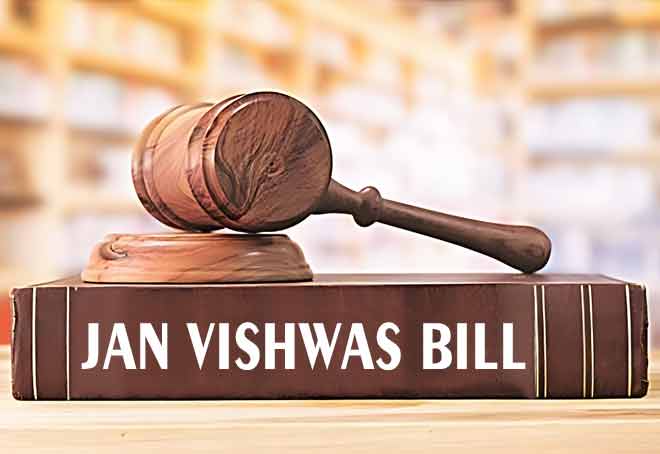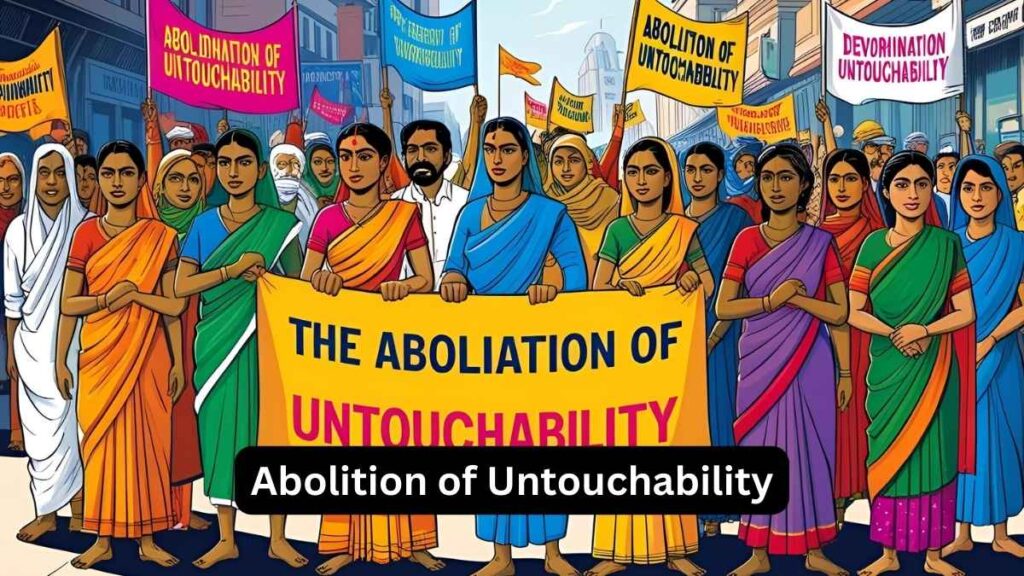Font size:
Print
Panchayat Advancement Index and Localisation of SDGs in India
India Launches First Panchayat Development Index
Context: Recently, in a significant stride towards evidence-based rural development, the Ministry of Panchayati Raj launched the Panchayat Advancement Index (PAI).
- The index aligns grassroots governance with the global Sustainable Development Goals (SDGs) framework by ranking over 2.16 lakh gram panchayats on their progress across nine SDG-linked themes.
Why the Panchayat Advancement Index Was Introduced
- India has committed to the 2030 Agenda through the UN’s SDG framework comprising 17 goals, 169 targets, and 231 indicators.
- While NITI Aayog’s SDG India Index (2018) tracks state-level progress, localisation of SDGs (LSDGs) is essential for impact.
The PAI was developed to:
- Translate national commitments into local action.
- Track SDG progress at the panchayat level.
- Empower grassroots governance through data-driven planning.
- Promote decentralised, participatory, and accountable development.
As Sanyukta Samaddar, ex-SDG advisor to NITI Aayog, noted, the PAI represents the “logical fruition” of India’s decentralised SDG monitoring model.
Structure and Methodology
- Themes of Assessment
- PAI evaluates panchayats across nine LSDG-aligned themes:
- Poverty-Free and Enhanced Livelihoods
- Healthy Panchayat
- Child-Friendly Panchayat
- Water-Sufficient Panchayat
- Clean and Green Panchayat
- Panchayat with Self-Sufficient Infrastructure
- Socially Just and Socially Secured Panchayat
- Panchayat with Good Governance
- Women-Friendly Panchayat
- Indicators and Scoring
- 435 indicators (331 mandatory, 104 optional) covering 566 data points.
- Scored on a 0–100 scale.
- Classified into five performance categories:
- Achiever (90–100)
- Front Runner (75–90)
- Performer (60–75)
- Aspirant (40–60)
- Beginner (<40)
- Coverage and Data Validation
-
- 2,16,285 gram panchayats across 29 States/UTs submitted validated data.
- 11,712 panchayats from Meghalaya, Nagaland, Goa, Puducherry, and West Bengal were excluded due to pending data validation.
- Uttar Pradesh, with over 57,000 panchayats, submitted data for only 23,207, reflecting systemic data gaps.
Key Findings and Rankings
- Overall Performance (2022–23 Baseline)
- Front Runners (699 panchayats): 0.3%
- Performers (77,298 panchayats): 35.8%
- Aspirants (1,32,392 panchayats): 61.2%
- Beginners (5,896 panchayats): 2.7%
- No panchayat qualified as an Achiever.
- Top Performing States
- Gujarat: 346 Front Runners | 13,781 Performers
- Telangana: 270 Front Runners | 10,099 Performers
- Tripura: 42 Front Runners
- States like Bihar, Chhattisgarh, and Andhra Pradesh had a high proportion of Aspirant panchayats, indicating developmental gaps.
Significance of PAI
- Empowers panchayats to assess and address local development needs.
- Facilitates evidence-based planning, resource allocation, and policy formulation.
- Encourages healthy competition among panchayats.
- Promotes transparency, accountability, and participatory governance.
- Aligns rural schemes with SDG targets, fostering coherence in national and local priorities.
Challenges in Implementation
- Incomplete data submission weakens national-level comparability.
- Validation issues in states like UP and West Bengal reflect administrative bottlenecks.
- Capacity deficits at the panchayat level, especially in underserved areas, hinder informed planning and implementation.
- Limited digital literacy and infrastructural gaps affect data quality and usage.
Way Forward
- Ensure universal coverage through state-level handholding and incentivisation for timely and validated data submission.
- Strengthen panchayat capacities via training, digital tools, and resource support.
- Promote peer learning by institutionalising best practice exchange among high and low-performing panchayats.
- Mainstream PAI in Panchayat Development Plans (PDPs) and performance-linked financing.
- Integrate PAI with Mission Antyodaya, eGramSwaraj, and GPDP processes for synergy.
- Refine indicators to reflect evolving rural realities, including climate resilience and digital access.m


